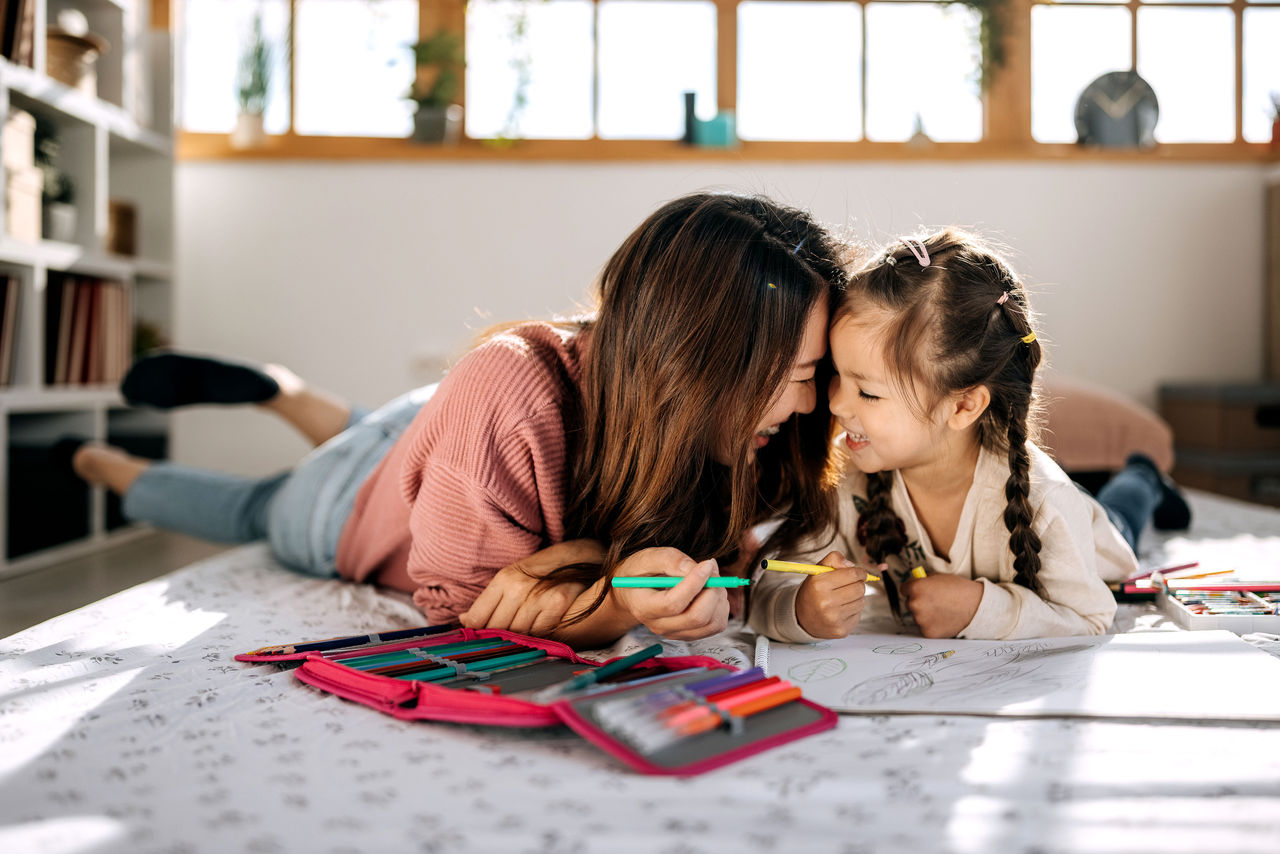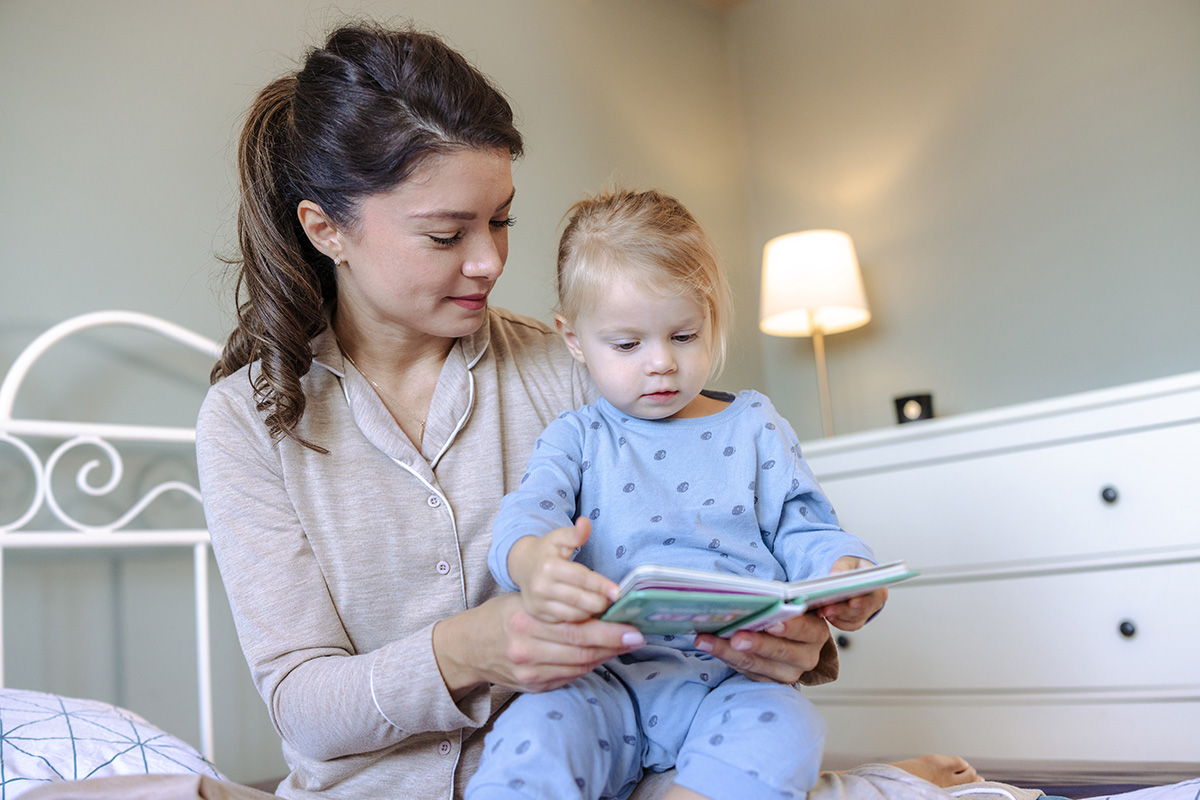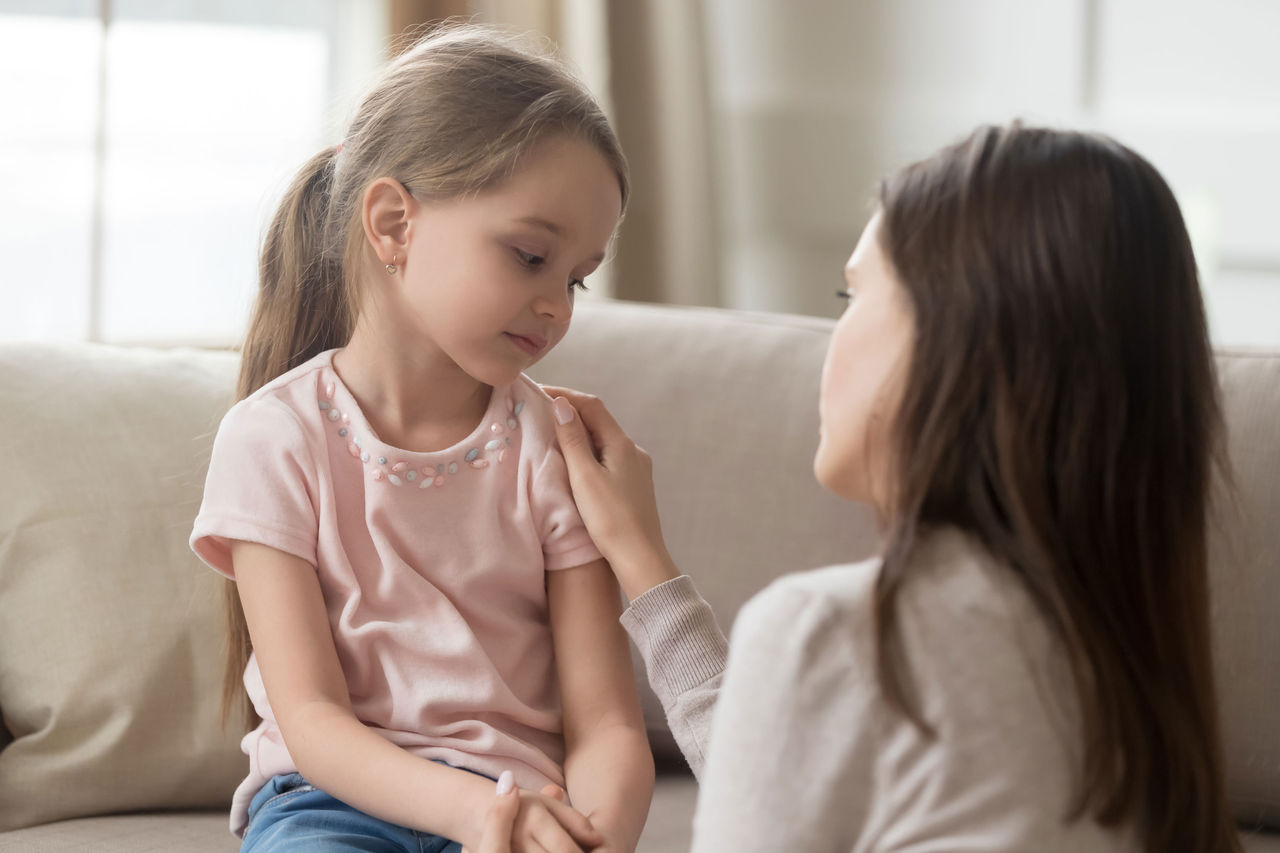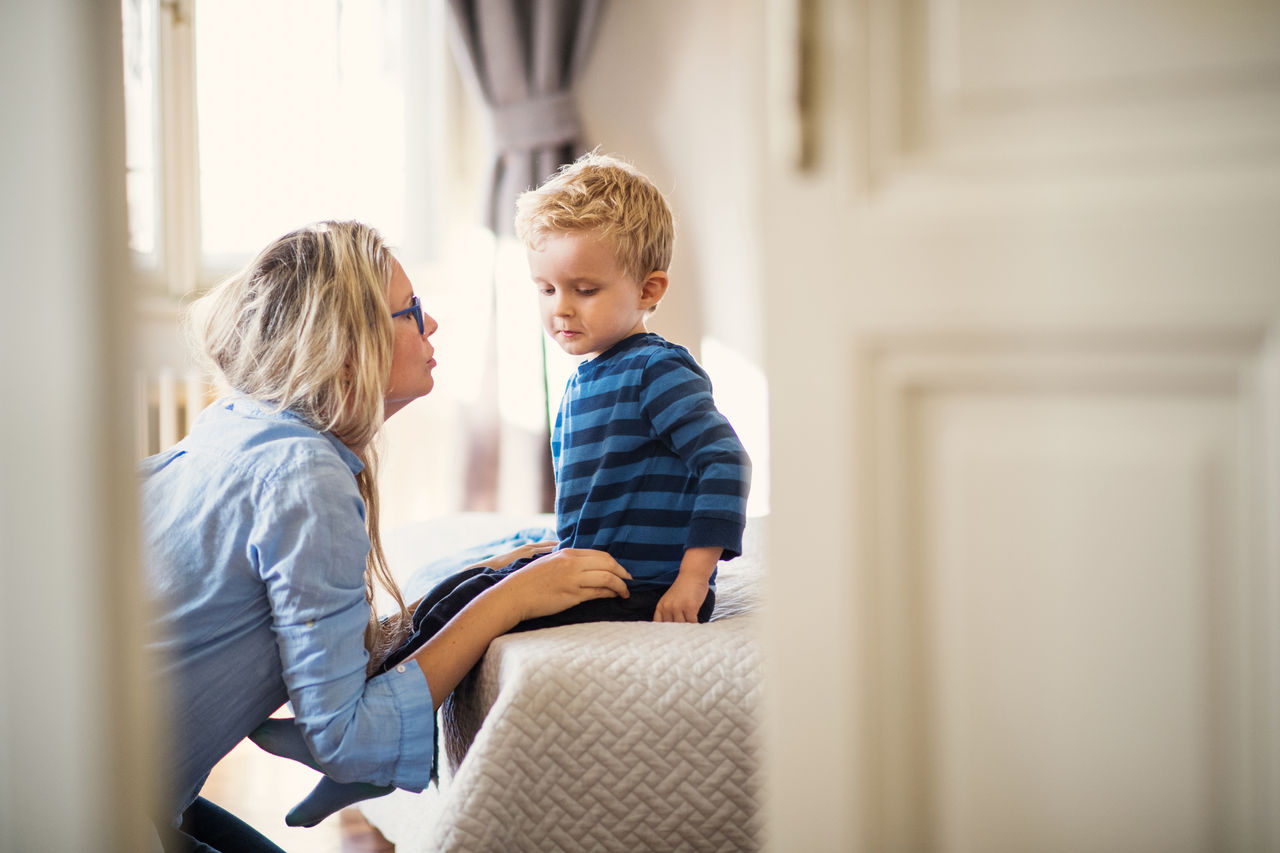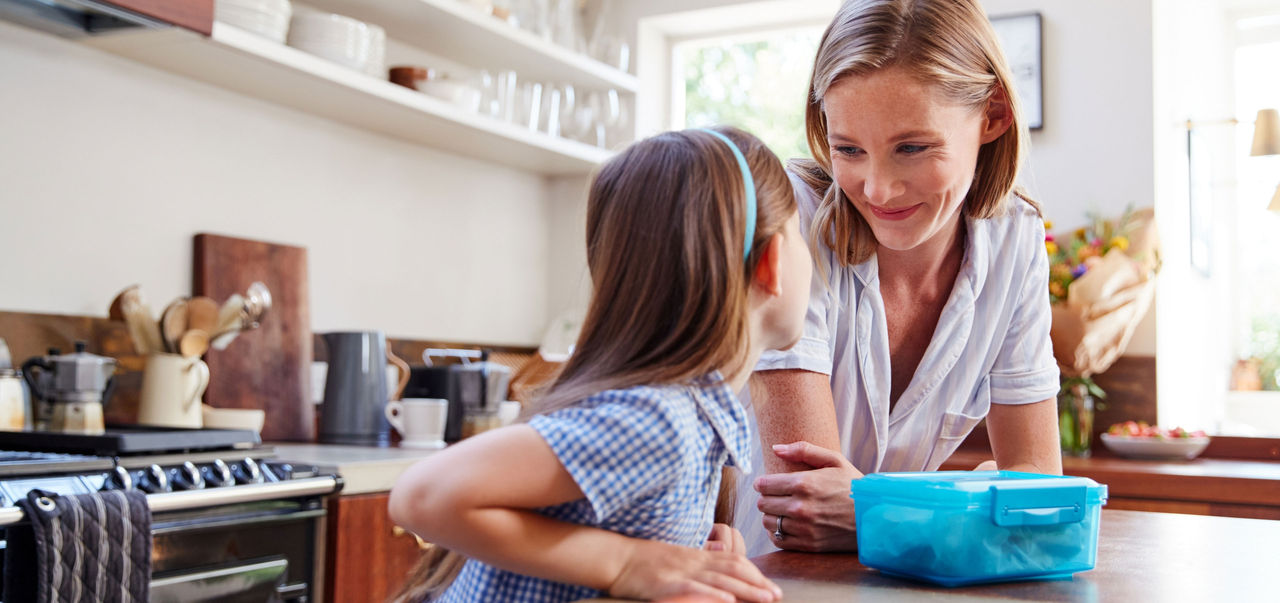The behaviors children learn during early childhood set the stage for the future. Implementing effective strategies that encourage positive behavior will not only help set your child up for success but will also help as you navigate some of the more challenging early childhood behaviors.
Understanding the Importance of Positive Behavior
Before diving into strategies that can be used to promote positive behavior, it’s important to first understand why doing so is vital for children’s early development.
Positive Behavior Encourages Self-Esteem and Confidence
Positive reinforcement for positive behavior is wonderfully powerful and has social, emotional and academic benefits for children. Children who receive positive reinforcement for their behavior often experience greater confidence and self-esteem, the result of which may be better grades and social skills.
Positive Behavior Reduces Negative Behaviors
When children receive positive reinforcement for positive behavior, they may be less likely to exhibit negative behaviors. For example, encouraging positive behavior may help reduce toddler behavioral issues, like aggression, tantrums and defiance.
Effective Strategies for Promoting Positive Behavior
Let’s explore some effective strategies we can implement to promote positive behavior.
Positive Reinforcement
Positive reinforcement is recognizing children for positive behavior. Offering children specific praise when you see them doing something nice like sharing demonstrates that positive behavior feels good and increases their motivation to repeat positive behaviors. Make sure the praise is specific, and if it impacts someone else, mention how that other person must feel. For example:
- Did you see how happy your sister was when you shared your toy? That was so kind.
- You must have worked hard on these drawings. I love that you keep practicing.
Clear Expectations and Consequences
It’s important to provide firm boundaries so that children understand expectations. When children stray from the boundary, there should be natural consequences to uphold expectations. When thinking about consequences, make sure they are equal to the expectation. If your child draws on the walls, sending them to their room is confusing and isolating. Instead, you may say something like, “I see you’re having a hard time not drawing on the walls. I’m going to have to take away the crayons until you’re ready to follow the rules.” Another natural consequence would be having them help you clean the walls. Get creative before doling out a consequence. In our wall art example, tape paper up on the wall or offer them an easel.
Consistency and Routine
For young children, consistency is key. Structure and routines help children feel relaxed and secure, making them far more likely to exhibit positive behavior.
Creating a Positive Environment
An essential component for promoting positive behavior is creating a positive environment, traits of which may include:
Encourage Positive Interactions
Children learn through repetition and need opportunities to practice positive behavior. It is important to encourage positive interactions not only between children and adults, but among children themselves. Choose activities that promote teamwork, cooperation and kindness so children can learn by doing.
Provide Opportunities for Play and Exploration
Play and exploration are essential for child development, and through these activities children learn how to behave. Provide plenty of opportunities for your children to explore through play, which will help them develop their creativity, imagination and social skills.
Model Positive Behavior
Finally, the example we set for children is key. We must demonstrate positive behavior ourselves if we expect it from them. Children learn by example, so when we exhibit positive behavior in our own actions and interactions with others, children will learn to do the same.
Creating a positive environment where children have the opportunity to play, learn, explore and practice positive behaviors will help them develop into happy, healthy little humans.
